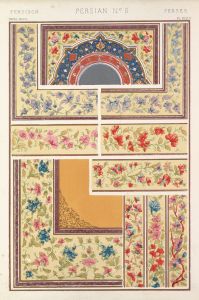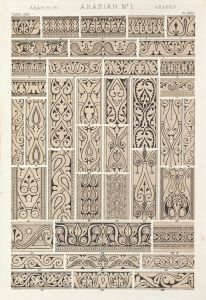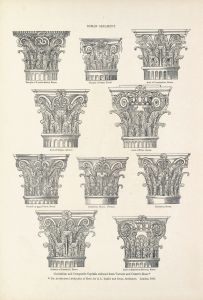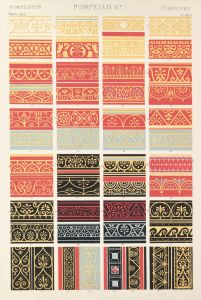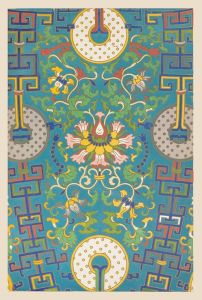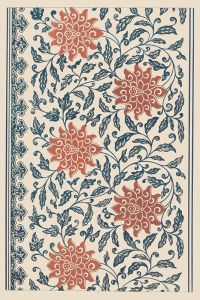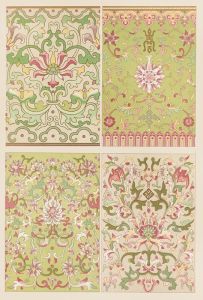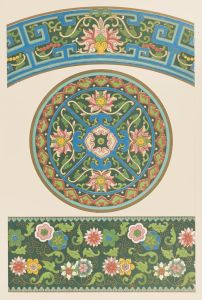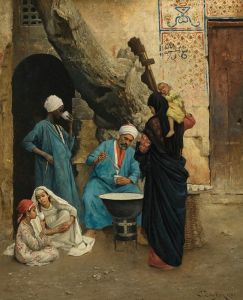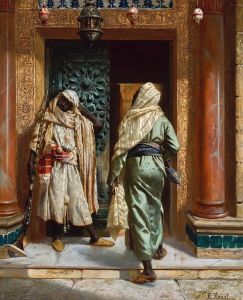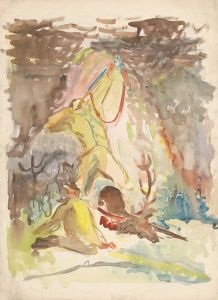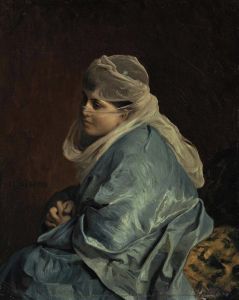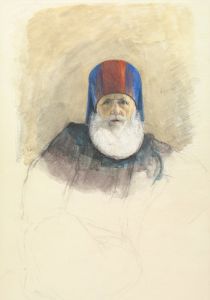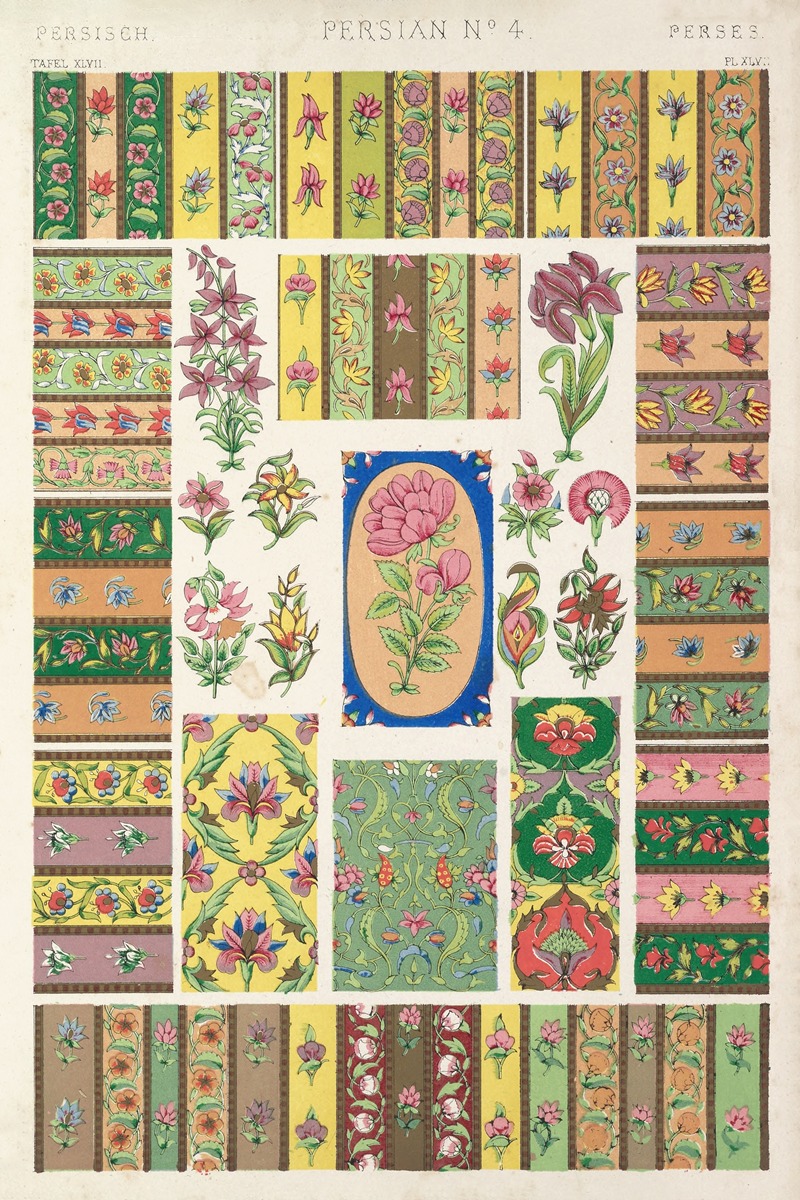
Persian No.4
A hand-painted replica of Owen Jones’s masterpiece Persian No.4, meticulously crafted by professional artists to capture the true essence of the original. Each piece is created with museum-quality canvas and rare mineral pigments, carefully painted by experienced artists with delicate brushstrokes and rich, layered colors to perfectly recreate the texture of the original artwork. Unlike machine-printed reproductions, this hand-painted version brings the painting to life, infused with the artist’s emotions and skill in every stroke. Whether for personal collection or home decoration, it instantly elevates the artistic atmosphere of any space.
Owen Jones (1809-1874) was a British architect and designer, known for his contributions to the decorative arts and his influential work in design theory. One of his notable works is "Persian No.4," which is part of his larger collection of design plates.
"Persian No.4" is a design plate created by Owen Jones, featured in his seminal publication "The Grammar of Ornament," first published in 1856. This book is a comprehensive collection of design patterns and motifs from various cultures around the world, intended to serve as a reference and inspiration for designers and architects. Jones's work in this book is characterized by its meticulous attention to detail and its celebration of the decorative arts from different historical periods and regions.
The design plate "Persian No.4" specifically showcases Persian ornamental patterns. Jones was deeply inspired by the intricate and colorful designs found in Persian art and architecture. The plate features a variety of geometric and floral motifs, which are typical of Persian design. These patterns are often symmetrical and exhibit a high level of craftsmanship, reflecting the rich artistic heritage of Persia (modern-day Iran).
Jones's interest in Persian design was part of a broader Victorian fascination with the art and culture of the Middle East. During the 19th century, there was a growing appreciation for the aesthetic qualities of non-Western art, and designers like Jones played a crucial role in introducing these styles to a European audience. His work helped to popularize the use of exotic motifs in Western decorative arts and contributed to the development of the design reform movement, which sought to improve the quality of industrial design by looking to historical and non-Western sources for inspiration.
In "The Grammar of Ornament," Jones emphasized the importance of understanding the principles underlying different styles of ornamentation. He believed that by studying the design traditions of various cultures, contemporary designers could create more harmonious and aesthetically pleasing works. "Persian No.4" exemplifies this approach, as it distills the essence of Persian design into a format that can be easily understood and applied by others.
Jones's work, including "Persian No.4," had a lasting impact on the field of design. His emphasis on the importance of historical and cultural context in design education continues to influence designers today. "The Grammar of Ornament" remains a valuable resource for those interested in the history of decorative arts and the cross-cultural exchange of artistic ideas.
Overall, "Persian No.4" is a testament to Owen Jones's skill as a designer and his dedication to the study and dissemination of ornamental art. Through his work, he not only preserved the beauty of Persian design but also made it accessible to a wider audience, ensuring its influence on future generations of artists and designers.





